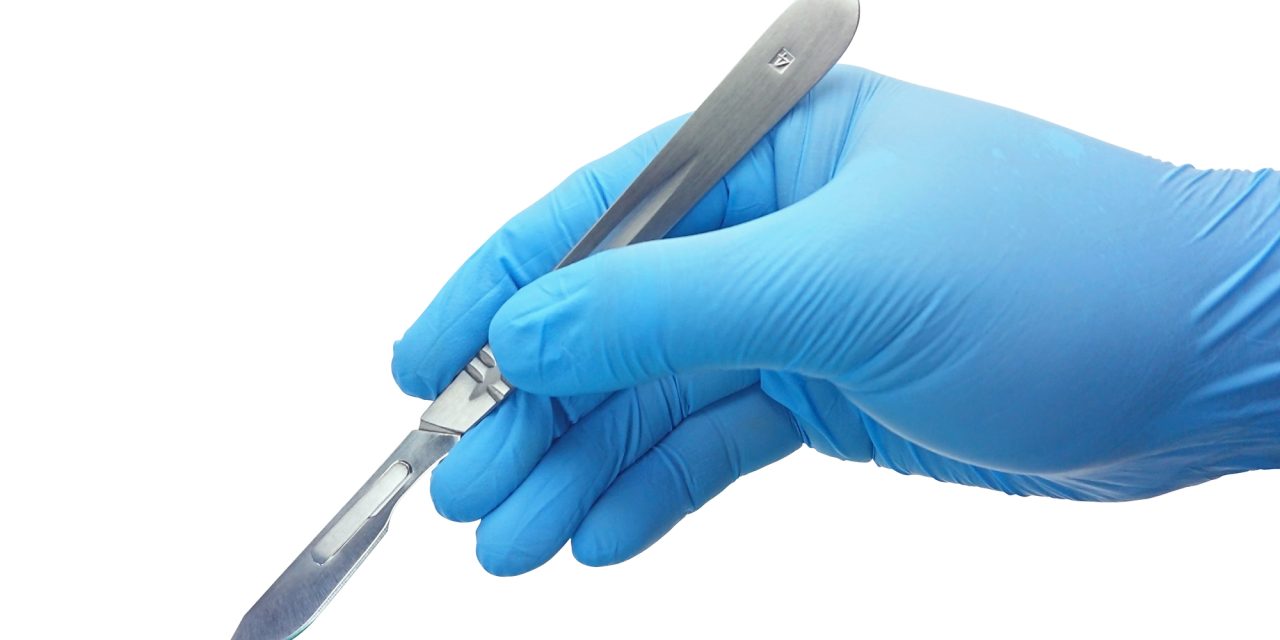There is limited evidence on clinical outcomes of arthroscopic partial repair (APR) and latissimus dorsi tendon transfer (LDTT) for posterosuperior massive rotator cuff tears (mRCTs). We aimed to compare clinical outcomes of APR and LDTT for partially repairable posterosuperior mRCTs and to determine whether outcomes differ among tears that involve the teres minor.
We retrieved the records of 112 consecutive patients with mRCTs deemed partially repairable due to fatty infiltration (FI) stage ≥3 in one or more rotator cuff muscles. Of the tears, 12 involved the subscapularis, 32 were managed conservatively, 14 were treated by reverse shoulder arthroplasty, and 7 were treated by stand-alone biceps tenotomy. Of the remaining 47 shoulders, 26 underwent APR and 21 underwent LDTT. At a minimum of 12 months, we recorded complications, active forward elevation, external rotation, the Constant-Murley score, American Shoulder and Elbow Surgeons (ASES) score, Subjective Shoulder Value (SSV), and Simple Shoulder Test (SST) score.
Both APR and LDTT granted similar early clinical outcomes for partially repairable posterosuperior mRCTs, regardless whether the teres minor was intact or torn. Advanced FI of the teres minor was the only independent factor associated with outcomes, as it significantly compromised Constant-Murley scores and tended to compromise ASES scores.
Reference link- https://www.jshoulderelbow.org/article/S1058-2746(20)30491-2/fulltext


